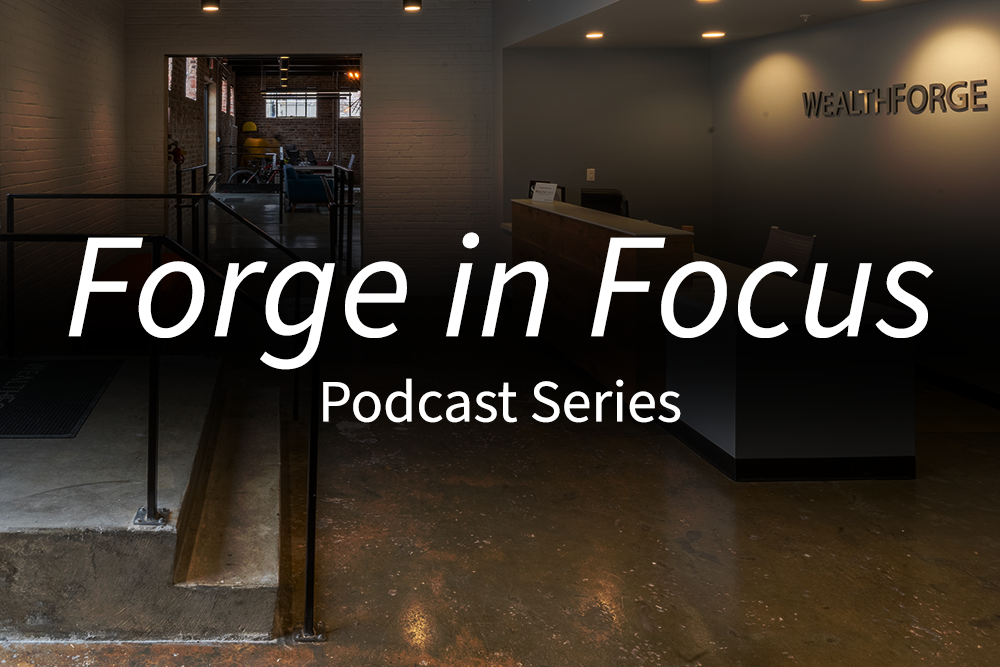QOZ 2.0: How the One Big Beautiful Bill Act Transforms Opportunity Zone Management
The "One Big Beautiful Bill Act" has fundamentally changed the Qualified Opportunity Zone program structure. Here's what sponsors need to understand...
2 min read
 Jim Raper
:
Sep 25, 2023 3:27:11 PM
Jim Raper
:
Sep 25, 2023 3:27:11 PM

When it comes to raising capital, companies have options. The most common in terms of both volume and investors is a private placement utilizing the Regulation D Rule 506 exemption.
Regulation D, adopted in 1982, made 506(b) offerings available for issuers and sponsors to raise an unlimited amount of capital from an unlimited number of accredited investors, plus up to 35 non-accredited investors. To qualify as accredited, the investor must meet specific income or net worth requirements. Recently, certain financial industry certifications have also been included in accreditation criteria. The 506(b) exemption prohibits issuers from using any form of general solicitation or advertising to attract investors.
Regulation D was amended in 2013 to include Rule 506(c) as part of the Jumpstart Our Business Startups (JOBS) Act. Rule 506(c) offerings fundamentally changed the market by allowing companies to use general solicitation or advertising to attract investors with the requirement that the issuer take reasonable steps to verify that an investor is, in fact, accredited. This verification process can be time-consuming and costly, but it is the required trade-off that allows an issuer to cast a wider, more public net when searching for investors.
A separate, less widely known provision within the 506(c) rule is the ability to amend a 506(b) offering so that it becomes a 506(c) offering, then eligible for public solicitation.
While 506(b) offerings are allowed to accept non-accredited investors, issuers often limit purchasers in their Rule 506(b) offering to accredited investors. This can simplify an offering’s transition from 506(b) to 506(c).
A sponsor can amend the offering documents of a 506(b) offering into a 506(c) exempt offering mid-raise, but will need to complete the following:
Note: Generally sales efforts should pause until the repapering/transition is complete.
Given the current market, DST offerings are experiencing a longer shelf life before they are fully subscribed. It may be worth considering the requirements listed above as a possible way to fill an idle offering—it potentially puts more investors’ eyes on the opportunity.
From a diligence perspective, it is important to note that while the potential of an expanded investment pool of a Rule 506(c) offering is enticing, it is coupled with an increased compliance burden. This includes reasonable steps required for verifying investor accreditation, advertising management with 5123 notification, and heightened rep supervision.
However, those additional steps may be somewhat offset by the elimination of the existing "substantive relationship" between a broker and the investor prior to the onset of the offering’s subscription period.
When 506(c) offerings were introduced in 2013, very few BDs were on board with the new changes. The fear of general solicitation, the uncertainty around accreditation, and a long-held belief that an investor/broker relationship was singular, made broker-dealers reluctant to accept 506(c) offerings onto their platforms.
Roughly 10 years later, the majority of offerings are still 506(b)—but the momentum is changing. BDs have become more tolerant of the 506(c) exemption. Some have evolved their thinking to the point that they talk about accepting only 506(c) offerings going forward. The newly found acceptance of the 506(c) has prompted some product sponsors to amend their offering from a 506(b) to a 506(c) mid-raise allowing them to raise syndicated capital and to shorten the duration from the time an offering is available until the time that it is fully subscribed.

The "One Big Beautiful Bill Act" has fundamentally changed the Qualified Opportunity Zone program structure. Here's what sponsors need to understand...

Welcome to the conclusion of Episode 4 ofForge in Focus! We are excited to present the finale of the conversation with Michael Roman, as we delve...

Welcome back to Episode 4 Part 2 of Forge in Focus! We are thrilled to continue our deep dive into the team at WealthForge Securities, with this...